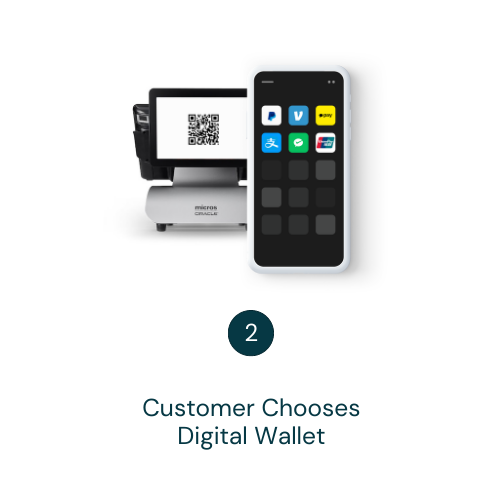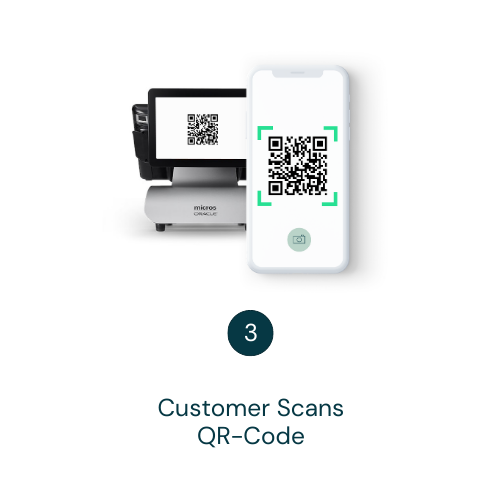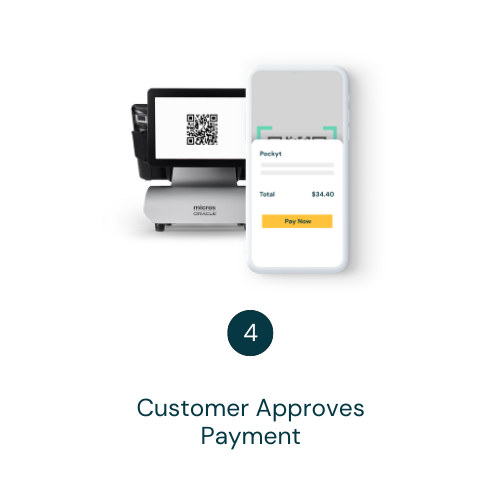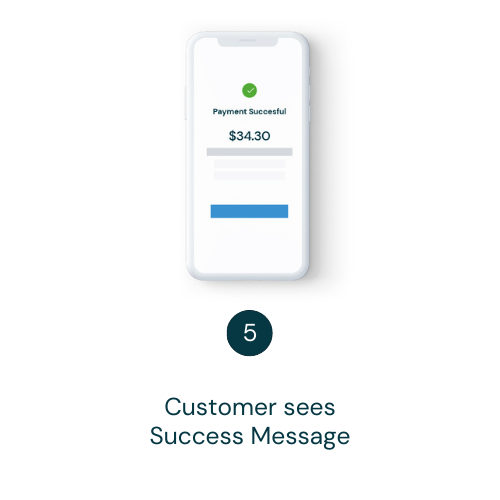Merchant Presented Payment Solutions
This table continues to provide a detailed look at Pockyt's in-store payment solutions, focusing on those that involve QR code payments presented by the merchant or used in unattended retail environments, highlighting their technical aspects, ideal use cases, and their respective advantages and limitations.
| Solution | Description | Technical Scope | Ideal for | Pros | Cons |
|---|---|---|---|---|---|
| Merchant Presented QR Code Payment | Cashiers generate a unique QR code for each transaction, displayed for the customer to scan with their digital wallet app. | POS system generates a unique QR code per transaction, displayed on a screen or printed receipt. | Situations requiring additional transaction security. | Adds an extra layer of security; flexible for various retail settings. | Slightly slower process due to QR code generation. |
| Static QR Code for Unattended Payments | Used in unattended retail setups like vending machines, a static QR code directs customers to a hosted payment page for transaction completion. | Static QR code linked to a hosted payment page, suitable for self-service environments. | Unattended retail environments like vending machines. | Convenient for contactless, self-service transactions; easy to manage for merchants. | Limited interaction, not suitable for dynamic pricing. |
Additional Resources
- Merchant Presented API Integration Guide and API References
Customer Checkout Experience
In the scenario where a merchant uses Pockyt to present a dynamic QR code for customer checkout, the process is designed to be both efficient and seamless, integrating multiple digital wallet options into a single system. Here's a step-by-step explanation of the customer checkout experience:

Transaction Initiation:
- The customer decides to make a purchase and indicates their preference to pay with a digital wallet.
- The cashier inputs the transaction details into the POS system and selects the option to generate a QR code for payment.
QR Code Generation:
- Upon selecting the 'generate QR code' option, the merchant’s POS system sends a request to Pockyt’s platform.
- Pockyt processes this request and generates a unique QR code for the transaction. This QR code is compatible with any digital wallet type that the merchant has opted to accept through Pockyt.
- The key advantage here is that the merchant does not need separate integrations with each digital wallet provider; Pockyt acts as a single source for generating the payment QR code.
QR Code Display:
- The generated QR code is then sent back to the merchant’s POS system.
- This QR code is displayed to the customer on a customer-facing screen or printed receipt.

Customer Payment:
- The customer scans the QR code using their digital wallet app.
- The app processes the encoded transaction details and prompts the customer to confirm the payment.

Payment Processing and Authorization:
- Once the customer approves the payment, the transaction is processed by the digital wallet service and Pockyt.
- Pockyt then sends a confirmation of the transaction’s success, failure, or pending status back to the merchant’s POS system.

Transaction Completion and Settlement:
- The POS system updates the transaction status accordingly.
- For successful transactions, funds are transferred from the customer’s digital wallet to the merchant’s account as per the usual settlement process with Pockyt.

Notifications and Receipts:
- The customer receives a notification of the payment through their digital wallet app.
- The merchant can provide a digital or printed receipt to the customer for the completed transaction.
Updated about 1 year ago
